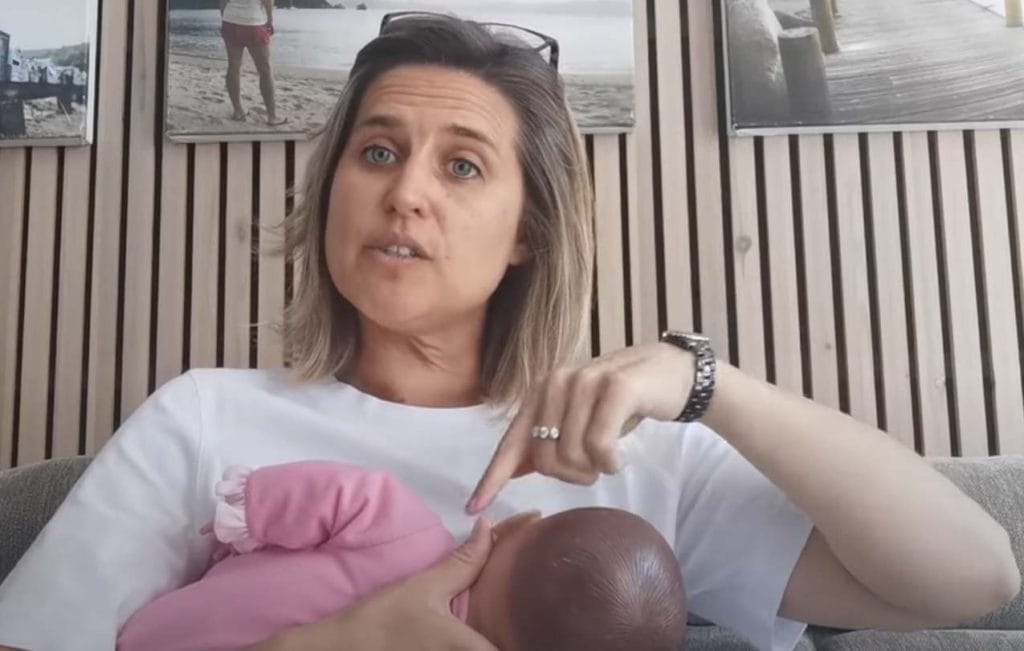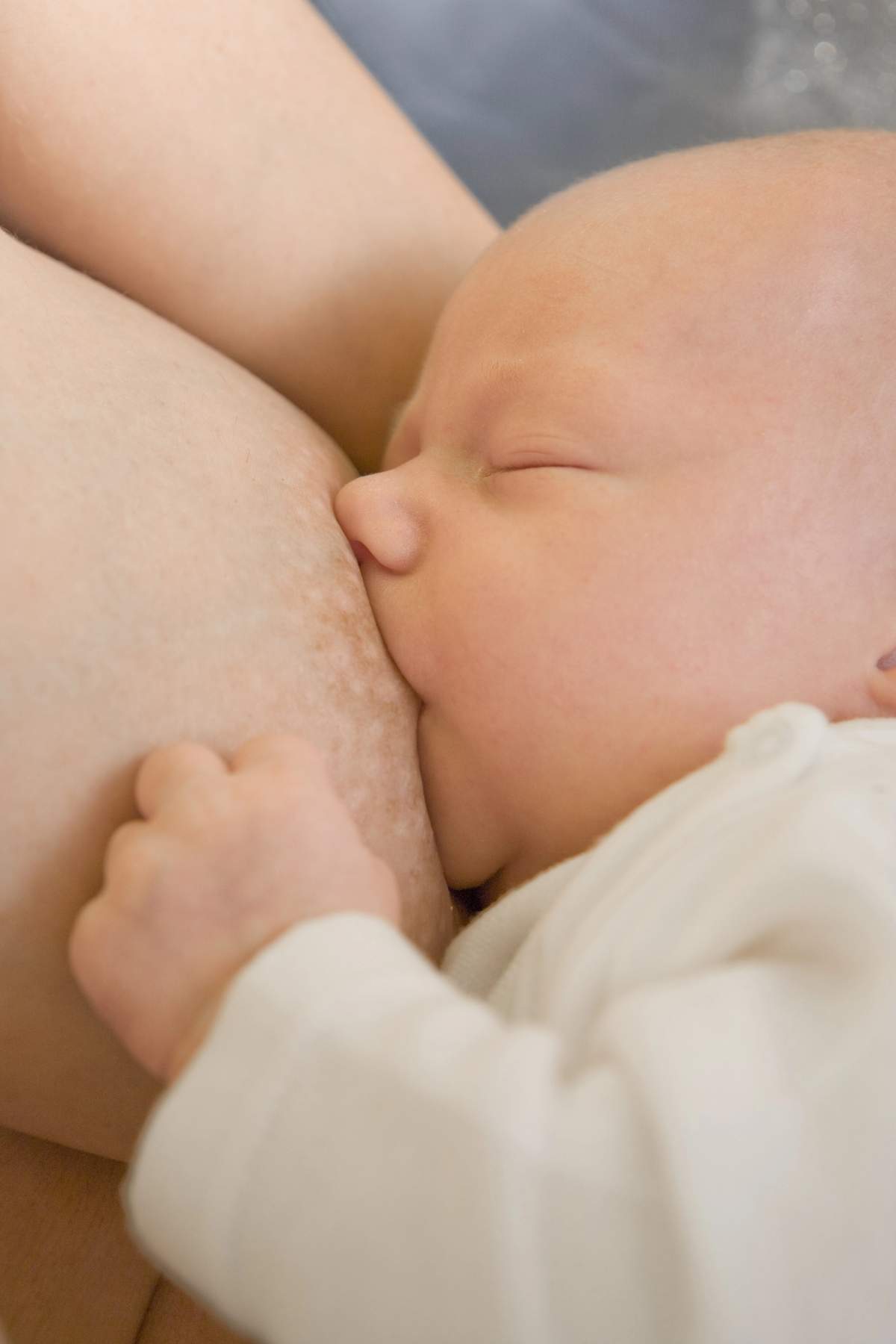Paced feeding reduces the risk of overfeeding that may result in discomfort to the baby. This feeding method is recommended for any baby that receives bottles, whether fully bottle fed, or fed from the breast and a bottle.
After several days of Paced Feeding, babies will start to learn to pace themselves. You will notice them taking their own sucking breaks, and then returning to feeding. Positioning your baby upright and holding the bottle in a flat position will help your baby gain this control.
How to Paced Bottle Feed Your Baby
- Choose a small, 4 oz. bottle and a slow flow nipple.
- Baby is “Upright” – Baby should be resting against your chest or armpit, not laying flat in the crook of your elbow or across your lap. Support their head and neck.
- Baby Initiates – Gently stroke the nipple along your baby’s lips to initiate the mouth opening, then allow your baby to take the teat deep into their mouth.
- Let the baby begin sucking on the nipple without milk (5 to 7 sucks, then tip the bottle just enough to fill the nipple about halfway with milk. It’s ok for air to be in the nipple teat.
- Bottle is Level – Bottle should be horizontal, not tilted at an angle.
- Let your baby suck for about 3-5 continuous swallows—20-30 seconds.
- After 3-5 continuous swallows, tip the bottle down, giving your baby a little break.
- After a few seconds, when the baby begins to suck again, tip the bottle up to allow milk to flow into the nipple.
- Frequent Longer Breaks – Pause occasionally to burp your baby and to give your baby the chance to re-initiate feeding if still hungry. Cues that may mean your baby needs a break during the feed – wrinkled forehead, stretched out hands, looking surprised at the fast flow, wide eyes, turning their head away, dribbling milk, or falling asleep suddenly.
- Pay Attention to Fullness Cues – Signs your baby is getting full during a bottle feeding: No longer sucking after a break, turning away from the bottle, pushing away from the nipple
- Do not force your baby to finish the bottle! If your baby is no longer latching when the nipple is presented, stop the feeding. They also may want to take a quick 10-20 minute snooze and then come back for seconds! When your baby is done, gently remove the nipple from their mouth by twisting. If your baby wants to feed more, try burping your baby or taking a break first, then offering the bottle again if they are showing feeding cues.
- Pay Attention to Hunger Cues –Feed your baby on demand instead of using a feeding schedule.
- A typical paced bottle feeding can take anywhere from 10 to 40 minutes.
Sign up for free tips and advice

Get my video guide to
breastfeeding positions
Plus
just for signing up
Tell me when your baby is due or when they were born so that I can send you the most relevant tips
If you need personalised support for paced feeding your baby please do not hesitate to Contact Me. Often telephone or video guidance is adequate.



